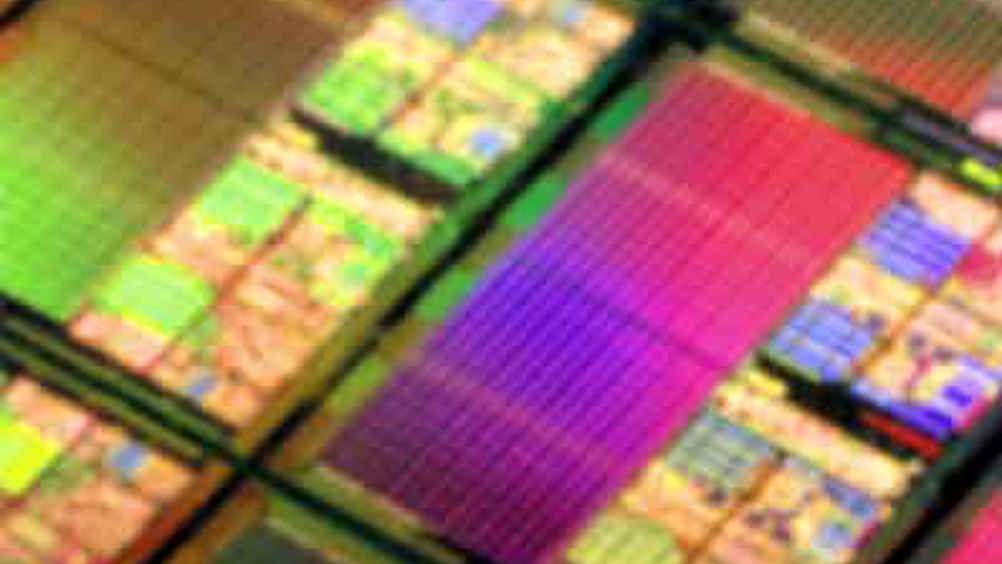The heart of the matter

The processors have run out of steam and the future lies in software optimisation. Dave Wilson discovers that there is no longer any free lunch in the software development business.
In 1982, four years after the launch of the $150,000 32-bit VAX minicomputer, IBM debuted its first Personal Computer - for $1500. At its heart was a 4.77 MHz Intel 8088 microprocessor supported by 16 kilobytes of memory and two floppy disks. It ran a rather rudimentary operating system called DOS supplied by Microsoft.
To many in research and development, the traditional home of the mini and mainframe computers, the new machine was no more than a toy. Yet within the space of twenty years, the Personal Computer has become every bit as powerful as the VAX of thirty years ago.
As the PC made the tortuous journey from an 8-bit to full 32-bit machine, and the processor speed moved from a lethargic 4.77 MHz to over 3GHz, it also came to support virtual memory management and large address spaces just like the VAX of old. Its performance continually enhanced year after year by increased clock speed, execution optimisation and bigger on chip caches. Modern 32-bit microprocessor based PCs are now as powerful as the minicomputers of the 1970’s, yet rather than fill a room, they now fill no more than a briefcase!
Register now to continue reading
Thanks for visiting The Engineer. You’ve now reached your monthly limit of news stories. Register for free to unlock unlimited access to all of our news coverage, as well as premium content including opinion, in-depth features and special reports.
Benefits of registering
-
In-depth insights and coverage of key emerging trends
-
Unrestricted access to special reports throughout the year
-
Daily technology news delivered straight to your inbox










Pipebots Transforming Water Pipe Leak Detection and Repair
Fantastic application.